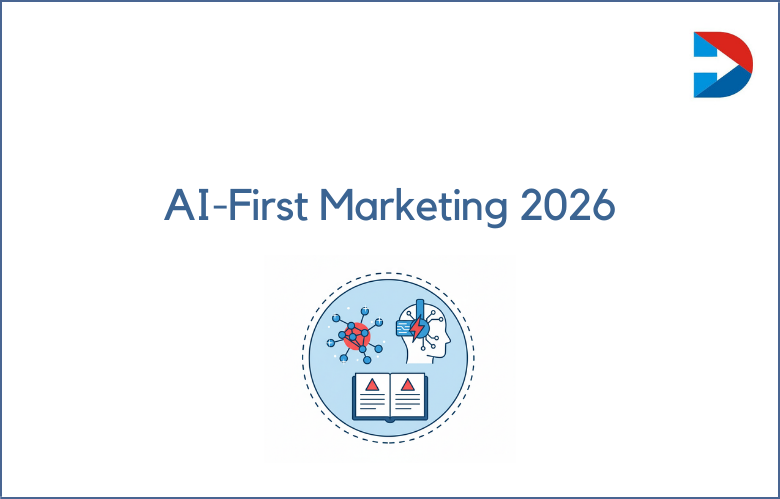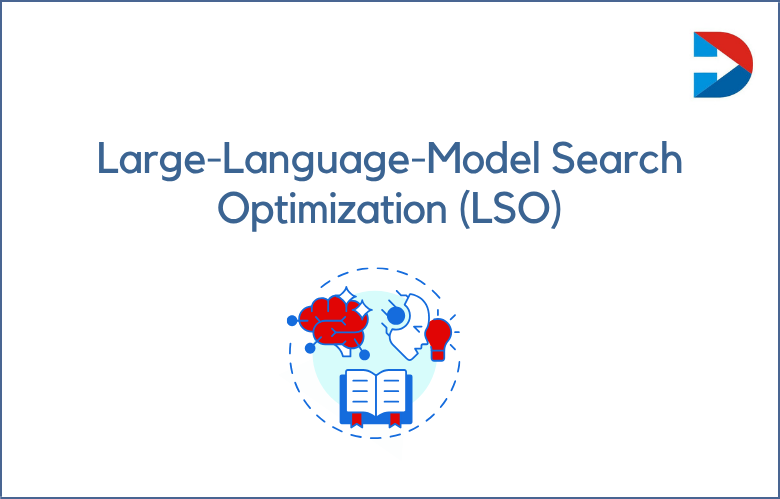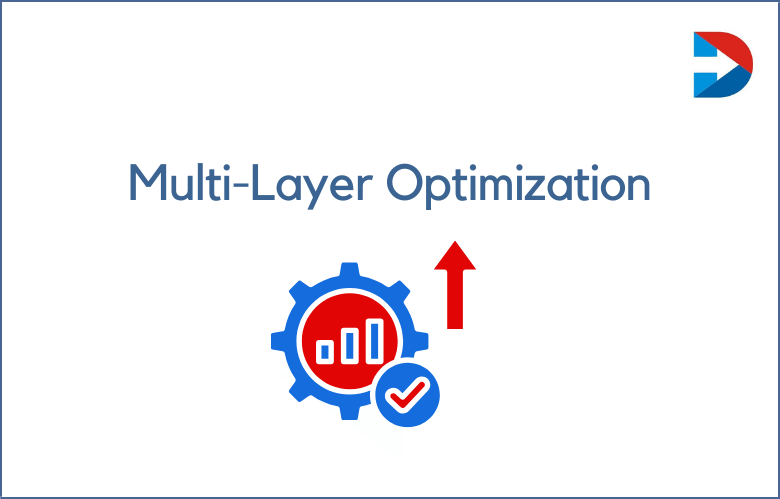
Brand equity, the value of a brand name that drives consumer behaviors, has been an essential concept in marketing for generations. It plays a vital role in brand strategy, management, and overall success. Hence, it is imperative to understand the significance of brand equity and how to measure it.
We will discuss brand equity, how to identify it, and the various ways to measure it. We will provide valuable insights and tips for businesses to enhance their brand equity to better connect with customers and drive sales.
Brand equity represents the value that a brand adds above and beyond its functional features. It differentiates strong brands from weaker ones and keeps customers coming back repeatedly.
Therefore, brands must assess their brand equity regularly to ensure they are on track and identify areas where they can improve. This post will discuss identifying and measuring brand equity in your brand assessment.
Why is conducting a brand assessment essential for your business growth?
Conducting a brand assessment is a critical step in establishing a successful business strategy.
It provides essential insights into the current state of the business, its standing in the market, and its growth potential. With a proper brand assessment, companies may take advantage of valuable opportunities for growth and development.
One of the main reasons to conduct a brand assessment is to gain a better understanding of your target audience.
Businesses can create targeted marketing campaigns and product offerings that resonate with their audience by analyzing customer demographics, behaviors, and preferences. This can increase customer loyalty, increase sales, and improve brand reputation.
In addition to understanding your customers, a brand assessment can reveal valuable information about your competition.
By identifying strengths and weaknesses within the market, businesses can better position themselves for success. This can include developing unique value propositions, improving customer service, and enhancing overall brand messaging.
What is the importance of brand perception in a successful brand assessment?
Brand perception is a crucial factor in determining the success of a brand assessment in the contemporary business landscape. Brand perception is how a customer perceives and understands a brand.
It is a crucial element in shaping brand identity and is an essential measure of how a brand connects with its target audience.
Several factors influence brand perception, including product/service quality, price, customer service, marketing communications, and brand reputation. Positive brand perception is vital because it drives customer loyalty, enhances brand recognition, and increases customer retention rates.
The Elements of a Comprehensive Brand Assessment: A Step-by-Step Guide
A comprehensive brand assessment is essential for modern businesses striving to optimize their marketing strategies, build brand equity, and enhance customer loyalty.
A well-planned brand assessment can help companies understand their brand’s strengths and weaknesses, clarify their brand’s unique value proposition, and identify opportunities and threats in their competitive landscape.
To conduct a thorough brand assessment, businesses should follow a step-by-step guide to identify the brand’s core values and mission.
This step should involve a careful review of the brand’s history, culture, business objectives, and feedback from key stakeholders, including customers, employees, and partners.
Next, businesses should review their brand’s visual identity, including logos, colors, fonts, and other brand assets. A consistent and impactful brand identity is vital for brand recognition and credibility.
Using Customer Feedback to Improve Your Brand Assessment Results
Customer feedback is a crucial tool for improving your brand assessment results. By diving deep into the feedback given by your customers, you can identify the areas of your brand that are doing well and those that need improvement. This is essential for businesses that want to thrive and stay ahead of the competition.
One critical step in leveraging customer feedback is actively soliciting it from your customers. You can do this through surveys, focus groups, or social media platforms.
Many customers are happy to offer their feedback and suggestions, as it makes them feel valued by your brand. This feedback provides valuable insight into how your customers perceive your brand, what they like about it, and what they think can be improved.
The Role of Social Media in Brand Assessment: Tips for Effective Analysis
In today’s digital age, consumers increasingly use social media to assess and evaluate brands. With over 3.5 billion active social media users worldwide, it’s no surprise that businesses are scrambling to tap into this massive online audience.
Social media platforms such as Facebook, Twitter, Instagram, and LinkedIn provide companies with an unprecedented opportunity to connect with their customers and gain valuable insights into their brand perception.
Monitor Your Brand Mentions:
The first step in brand assessment is to monitor your brand mentions across various social media platforms. You can use social media listening tools like Hootsuite, Twitter Advanced Search, and Google Alerts to track brand mentions and conversations. Monitoring your brand mentions can help you identify your brand’s strengths, weaknesses, and opportunities.
Analyze Social Media Sentiment:
The next step is to analyze the sentiment of social media conversations around your brand. Sentiment analysis involves analyzing text data to determine whether it is positive, negative, or neutral.
You can use sentiment analysis tools like Brandwatch, Sprout Social, and Hootsuite Insights to gauge the sentiment of social media conversations around your brand.
Identify Key Influencers:
Social media influencers have a significant following on social media platforms and can impact your brand’s perception among its followers. Identifying key influencers in your niche can help you connect with them and leverage their influence to promote your brand.
Analyze Competitor Activity:
Social media brand assessment also involves analyzing competitor activity on social media.
You can use social media monitoring tools to track your competitor’s social media performance, identify their strengths and weaknesses, and benchmark your performance against theirs.
Identify Opportunities for Improvement:
Once you have analyzed your brand’s social media performance, it’s time to identify areas where you can improve. You can use social media analytics tools to identify low-performing posts, monitor engagement metrics like likes, shares, and comments, and identify opportunities for improvement.
In conclusion, social media brand assessment is a crucial aspect of brand strategy in today’s digital age.
By monitoring social media conversations around your brand, analyzing sentiment, identifying key influencers, analyzing competitor activity, and identifying areas for improvement, businesses can gain valuable insights into their brand perception and make informed decisions about their brand strategy.
Comparing Your Brand Assessment Results to Competitors: A Strategic Approach
When it comes to understanding the actual value and potential of your brand, conducting a brand assessment is an essential step in the process. However, to truly maximize the benefits of a brand assessment, comparing your results to your competitors is crucial.
By doing so, you can better understand how you stack up against the competition and identify areas of improvement.
To compare your brand assessment results to your competitors, it is essential first to understand the key elements that should be evaluated.
These may include brand recognition, customer loyalty, market share, pricing strategies, product quality, etc.
The Relationship Between Brand Assessment and Brand Strategy: A Practical Overview
Brand assessment and brand strategy are crucial components of any successful marketing initiative.
The assessment stage involves thoroughly evaluating a brand’s image, reputation, and perception in the market. This helps marketers identify any areas of weakness and places where the brand is excelling.
On the other hand, the brand strategy involves developing and implementing a comprehensive plan to enhance further and promote the brand’s identity and reputation amongst its target audience.
Conducting a thorough brand assessment gives businesses a deep understanding of their current position in the market. This includes analyzing the competition, customer segments, pain points, brand awareness, loyalty, and perception.
Through this process, businesses can gather valuable insights that they can use to develop a clear and compelling brand strategy that can help them stand out in a sea of competitors.
What are the benefits of conducting regular brand assessments for long-term success
Brand assessments are crucial to any business strategy, especially for businesses looking for long-term success. A brand assessment evaluates and measures the perception of a brand and its effectiveness amongst its target audience and in the industry.
Conducting regular brand assessments enables businesses to identify gaps in their brand identity and reputation and also helps them to identify opportunities for growth, improvement, and innovation.
Some of the benefits of conducting regular brand assessments include the following:
Improved Brand Recognition:
As businesses continue to evolve, brand recognition may become diluted or even get lost in the noise of the competition.
Regular brand assessments can help businesses maintain a strong brand identity and ensure their brand message is clear, relevant, and resonates with their target audience.
Increased Customer Loyalty:
Successful businesses understand the value of customer loyalty. Conducting brand assessments allows firms to identify the gaps in their customer experience and streamline their products and services to meet the needs of their audience. By doing so, they can build customer trust and increase their loyalty, leading to repeat business.
Enhanced Reputation:
In today’s business world, reputation is everything. A strong reputation leads to positive word-of-mouth, referrals, and a more extensive customer base.
By conducting brand assessments, businesses can identify areas where they can improve their reputation and also in areas where they excel and can further enhance their reputation.
Competitive Advantage:
Identifying areas for improvement and innovation sets businesses apart from competitors in the industry.
With regular brand assessments, companies can stay ahead of the competition by understanding and addressing the evolving needs of their target audience.
In conclusion, regular brand assessments are critical for long-term success in today’s competitive business landscape.
By conducting brand assessments, businesses can maintain a strong brand identity, build customer loyalty, enhance their reputation, and gain a competitive advantage. So, every company should conduct regular brand assessments to ensure long-term success.
Avoiding Common Mistakes in Brand Assessment: Best Practices and Tips
Not Defining the Brand’s Purpose:
One of the most common mistakes when assessing a brand is not clearly defining its purpose. A brand’s purpose is its reason for existing – what it hopes to achieve and the difference it wants to make in the world.
With a clear purpose, it will be easy to assess whether or not the brand is achieving its goals.
Not Conducting Primary Research:
Another mistake is not conducting primary research as part of the assessment process.
Primary research involves collecting data directly from consumers rather than relying on secondary sources such as market research reports. This data can be managed through surveys, interviews, or focus groups.
Relying Too Heavily on Quantitative Data:
While quantitative data (such as sales figures) is essential, relying too heavily on it can lead to inaccurate conclusions. Quantitative data does not explain why consumers behave as they do.
Qualitative data, such as consumer feedback, can help to give this insight and should be given equal weight to quantitative data when assessing a brand.
Not Considering the Competition:
When assessing a brand, it is also essential to consider the competition. What are other brands in the same category doing? How are they positioning themselves?
What are their strengths and weaknesses? Understanding the competitive landscape will provide context for your assessment and ensure you consider all relevant factors.
Not Tracking Key Performance Indicators:
Another common mistake is failing to track key performance indicators (KPIs). KPIs are metrics that help to measure progress towards specific goals.
For example, if your goal is to increase brand awareness, your KPIs include measures such as reach or impressions. By tracking KPIs, you can more effectively assess whether or not your brand is on track to meet its goals.
Not Conducting Regular Assessments:
Another mistake that brands make is not conducting regular assessments. Your brand should be assessed regularly – at least once yearly – to track progress and ensure it remains on track. Without regular checks, it will be difficult to identify problems early on and take corrective action before it’s too late.
Not Getting Feedback from All Stakeholders:
When conducting an assessment, getting feedback from all stakeholders – not just those directly involved in the brand’s day-to-day operations, is important.
This includes employees, customers, partners, suppliers, and investors. Each group’s perspective can provide valuable insights into how others perceive the brand.
Not Using an Objective Framework:
Using an objective framework when conducting a brand assessment is also essential. This means using a tool or methodology that is unbiased and provides consistent results.
Many different frameworks are available, so choosing one that best meets your needs is essential. Some popular options include SWOT analysis, PESTLE analysis, and Porter’s Five Forces analysis.
Conclusion:
In conclusion, brand equity is critical to a brand’s success. Measuring and enhancing brand equity is an ongoing effort that requires constant attention to customer perceptions and market trends.
Businesses that understand the value of brand equity and invest in improving it can create a substantial competitive advantage in their markets.
By using the tips and strategies discussed, businesses can effectively identify, measure, and enhance their brand equity and reap the benefits of a loyal customer base and increased revenue.
Assessing your brand’s equity is essential to ensure the right brand message, image, and reputation that aligns with consumer preferences.
The metrics discussed in this post will help brands to understand their brand essence, diligence, perceptions, and overall performance accurately.
Leveling up the interpretation of these metrics leads to increased brand equity, consumer loyalty, and advocacy that can fuel growth. By following these strategies, you are putting your brand on a renewed path to success.



